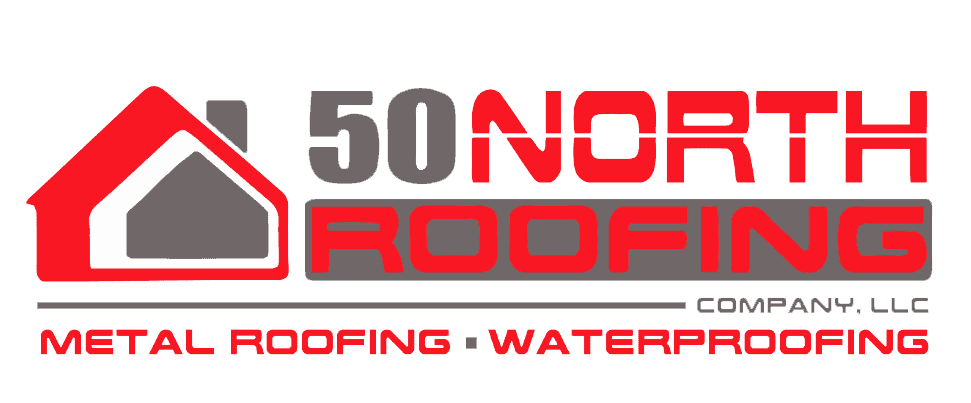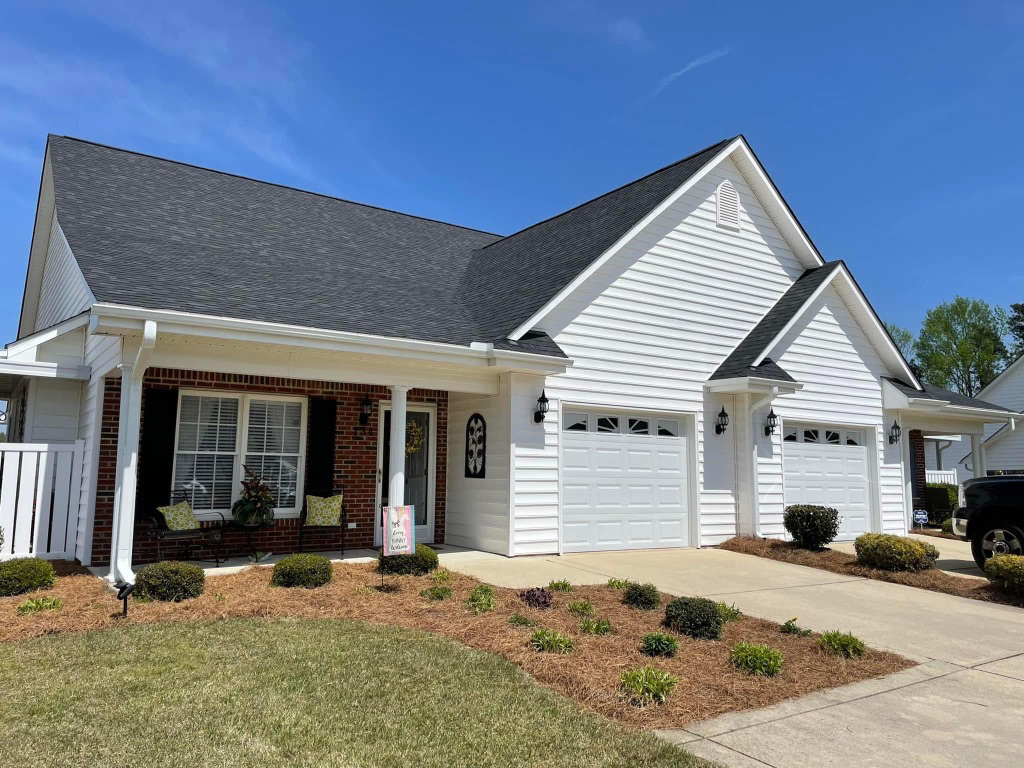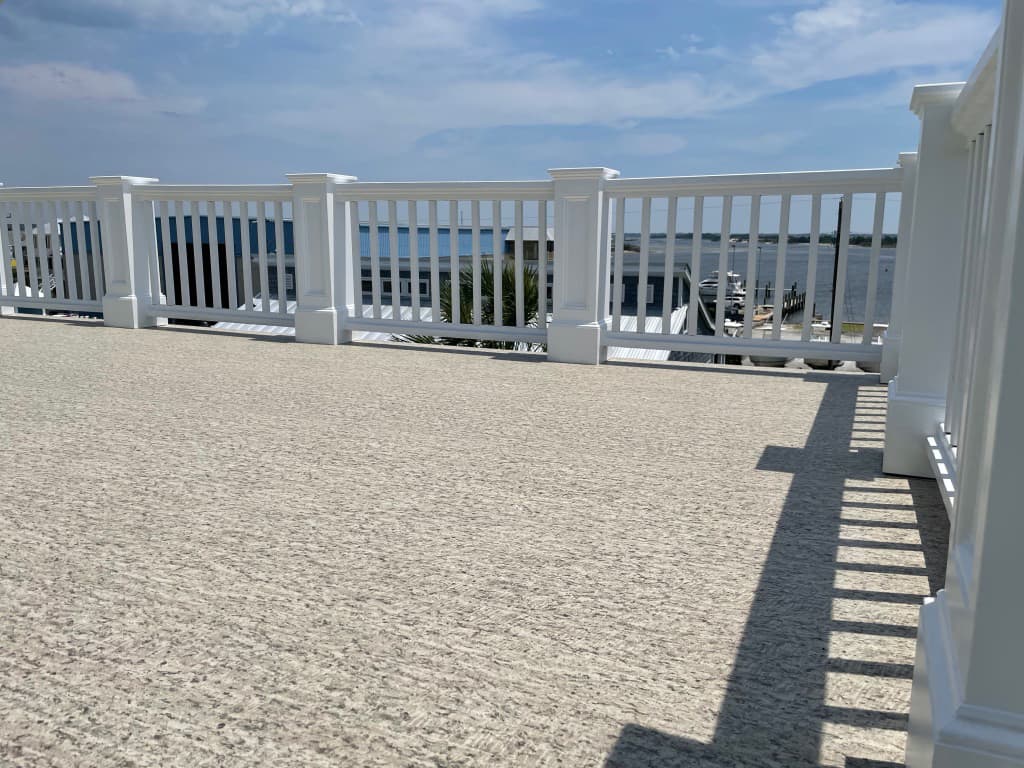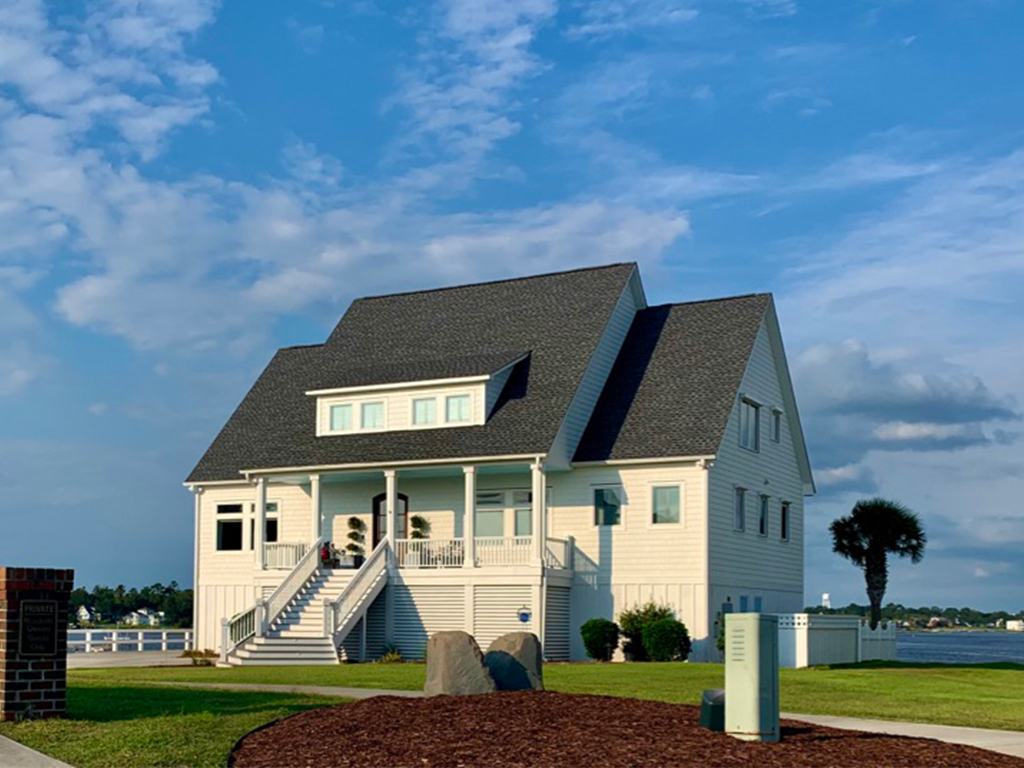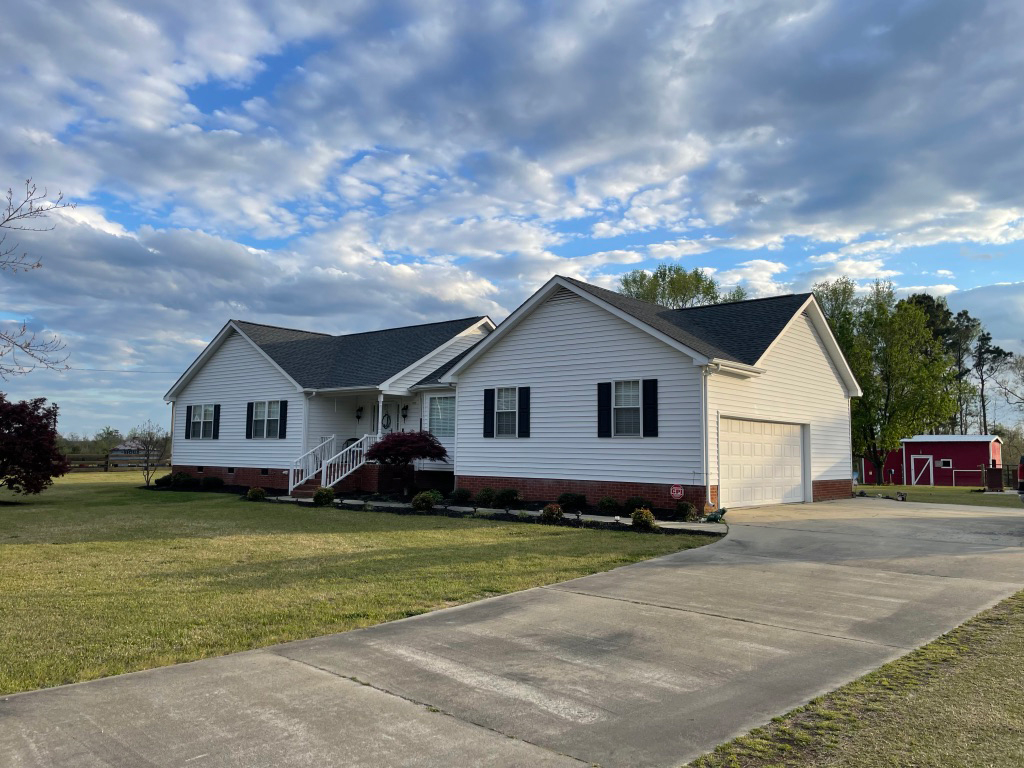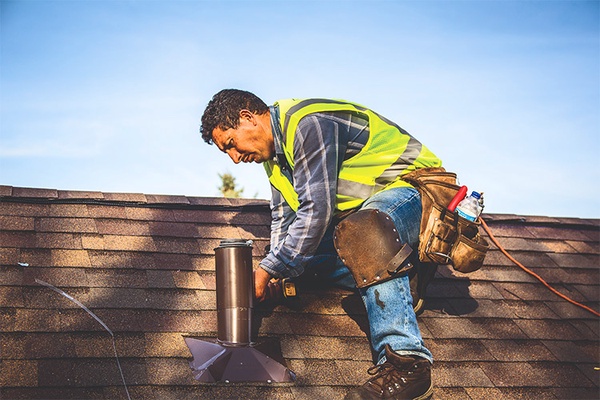Mastering Roof Systems: Key Concepts Every Homeowner Should Know
When attempting to DIY your own roof, it is important to have the necessary knowledge to ensure the job is done correctly. Failing to do so can result in potential damage to your home and poses safety risks when working at a significant height.
Proper roof repair is essential for preserving the overall health and longevity of your home. While some homeowners may question the need for roof repairs, it is a crucial aspect of maintaining the well-being of your roof and entire home. At 50 North Roofing, a reputable local roofing company in Jacksonville NC, we understand the importance of this issue for homeowners.
Know the Shape of a Roof
Roofs shed water through their slope, which affects how quickly water runs off and reduces the likelihood of leaks. Even flat roofs have a slight pitch for optimal drainage, typically with a 1/4-inch drop every four feet.
There are various roof shapes to choose from depending on your needs and preferences. Flat roofs are the most affordable option and can provide space for mechanicals or a rooftop deck.
The A-framed gabled roof is the most common and comes in a variety of pitches to effectively shed water and snow. For coastal homes, the four-sided hip roof is beneficial due to its low profile, which helps resist hurricane winds and lift-off.
During the Empire period, mansard roofs, along with the curved hip roof, became popular. They are often seen on spooky mansions belonging to iconic families like the Munsters and the Adams family.
On the other hand, the gambrel roof is known for its use in traditional American barns to store stacks of hay. Both types of roofs provide ample headroom for storage or the option to create a cathedral height ceiling for luxurious living space.
The highest point of a roof is known as the ridge, while the lowest point is called the eave. The sloping edges are referred to as rakes. When two roof planes meet at an inside corner, it forms a valley, and at an outside corner, it creates a hip. The underlying structure of the roof is made up of either rafters or trusses.
On-site, rafters are cut from framing lumber such as 2x10s, while pre-fabricated trusses are made up of smaller 2-by-4 members in factories and then delivered and craned into place.
The sheathing, typically made of plywood or OSB, is placed on top of the rafters or trusses, although older houses may have different types of sheathing such as tongue and groove or narrow 1-by skip sheathing boards made of sawn lumber.
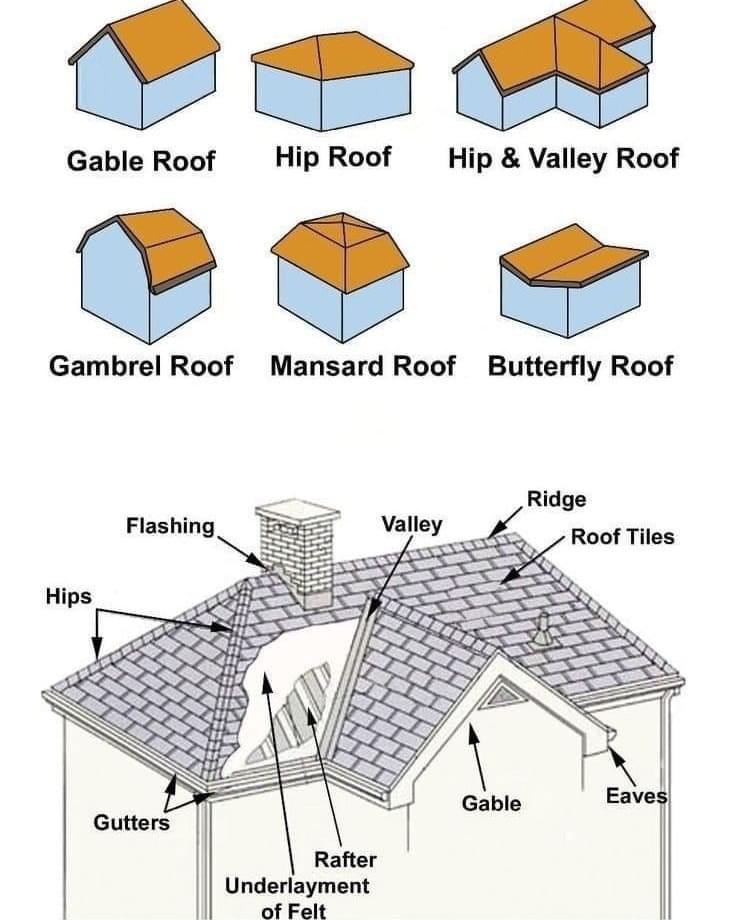
Common Problems With Roofs
Leaking is more commonly found in valleys, eaves, and areas where roofs intersect with walls, chimneys, or plumbing vents, rather than in the middle of the roof.
Leaks
In order to ensure proper protection for these areas, it is important to use flashing, which is typically made of metal such as zinc, copper, lead, or aluminum. Proper installation is crucial for the flashing to effectively last the lifetime of the roof.
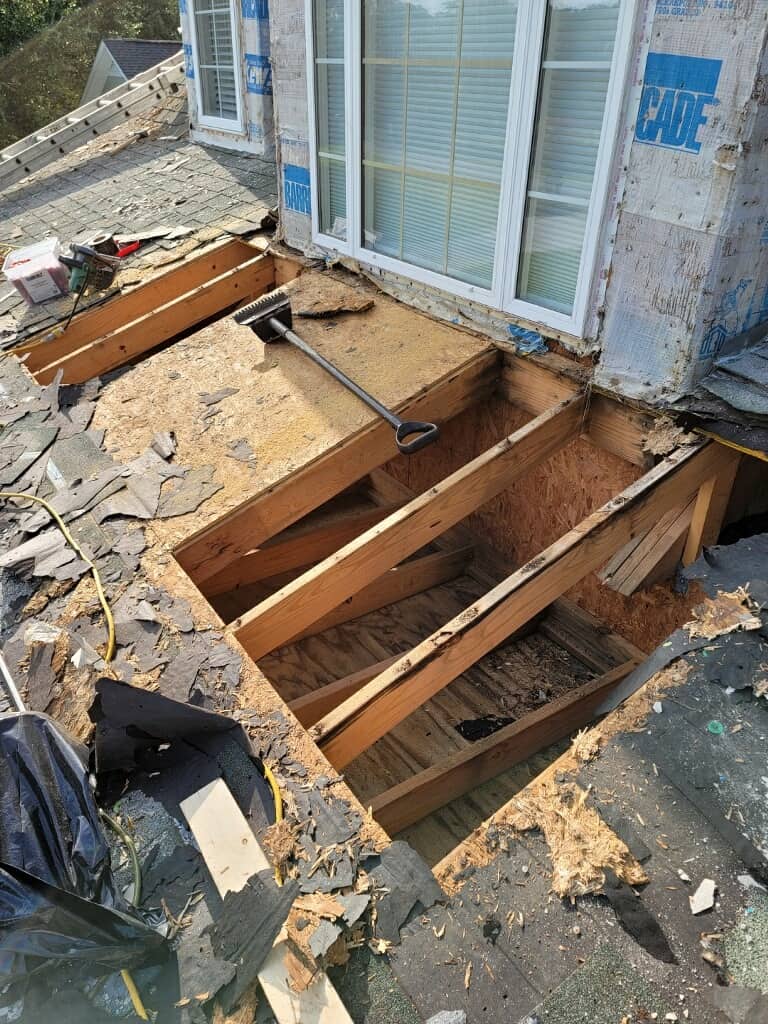
Roof Damage
Moss Growth
A common problem that homeowners face is discoloration or moss growth on their roofs. This discoloration is often caused by algae or mildew growth, while moss can also be a persistent issue.
However, adding zinc flashing and strips higher up on the roof can help solve these problems. As the zinc leaches out of the strips over time, it effectively kills the organisms that are causing the discoloration and moss growth.
When shingles start to curl at the edges or lose their mineral surface, it’s a sign that the roof is getting closer to the end of its lifespan. These issues should be addressed promptly to prevent further damage to the roof.
Roofing Material Choices
Steeper roofs offer a range of material options for covering, with asphalt shingles being the most popular choice for DIY projects. When selecting asphalt shingles, you will need to decide between three-tab shingles and architectural shingles. Three-tab shingles are named for their three-tab design, with each 3-foot long shingle divided into three tabs.
Click here to learn more about roof replacement cost.
Asphalt Shingles
Three-tab shingles get their name from the three-tab design, where each 3-foot long shingle is divided into three tabs. On the other hand, architectural asphalt shingles are built up and shaped to imitate various roof shingle styles such as octagon scales or hand staved shakes. Consequently, these dimensional shingles tend to be heavier and thicker.
Metal Roofing
There is a wide selection of metal options available for roofing, including copper, aluminum, and galvanized or coated steel for added corrosion protection.
Metal roofing is a cost-effective, do-it-yourself choice when custom-made materials are not necessary. It involves installing manageable strips with overlapping seams onto purlin strapping that runs perpendicular to the rafters. Additionally, metal roofing is often used in energy-efficient roof systems where reflecting solar radiation is preferred over absorbing heat like asphalt.
Slate
Various types of traditional roofing are still in use today, such as slate, newer materials that imitate its appearance, and cedar shingles. Additionally, the ancient barreled roof tile continues to be available, but installing it requires the expertise of a specialized roofer.
Tile
Contemporary tile options include coated metals and thermal plastics, which are designed in easy-to-install panels to achieve the Mediterranean aesthetic of ceramic and terra-cotta.
Many shingle manufacturers mandate the use of underlayment, typically #15 asphalt-impregnated builder’s felt, also known as tarpaper, as an added layer of protection beneath the shingles. This type of underlayment is popular due to its affordability, quick installation, and ability to provide some protection in case of a sudden rain shower during a roof installation.
When considering roofing options for high-end homes with modern materials, synthetic underlayment is often a preferred choice. Unlike tarpaper, synthetic underlayment is more durable and less likely to tear or blow off in windy conditions.
It can also be left exposed for longer periods of time during roofing projects. These underlayments are made of woven polyethylene, providing resistance to moisture and air infiltration while still allowing for ventilation in the home. Though more expensive, synthetic underlayment can be a wise investment for the overall health and longevity of a roof.
Cedar & Wood Shingles
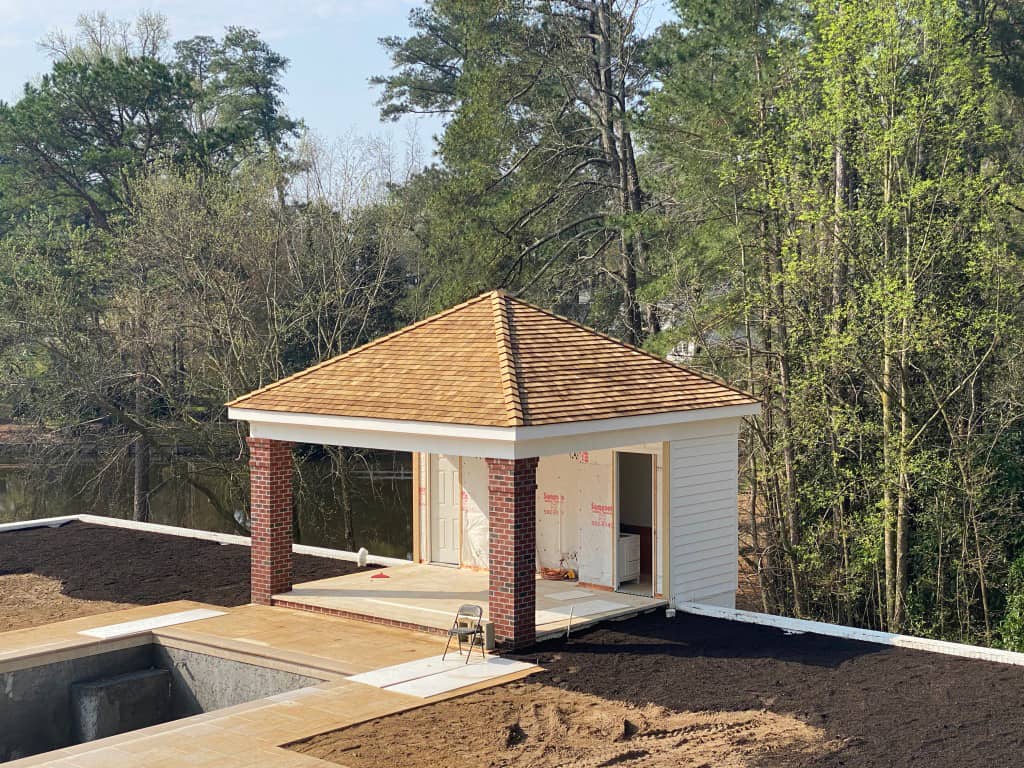
Cedar and wooden shingles are able to maintain their shape and durability by utilizing a ventilating underlayment. This underlayment, made of a thick matrix of woven fibers, creates a space between the shingle and deck, allowing for airflow that helps prevent moisture damage and allows the shingles to dry effectively.
Flat roofs need materials that come in large sheets or cloths, preferably impregnated with asphalt to minimize the number of joints and reduce the risk of leaks.
The most common option for this type of roofing is asphalt roll-roofing, which is similar to asphalt shingles but is available in 3-foot wide rolls with a protective granule top layer.
EPDM roofing, also known as rubber membrane roofing, comes in large sheets that can be easily rolled out and installed. It can be bonded down using mechanical fasteners and glue, or held in place with a rock garden ballast.
Professional installation is necessary for the most common low-slope asphalt roofing materials. These include built-up hot-tar systems of layered, asphalt soaked fabric and peel and stick single-ply modified bitumen sheets that are replacing the dangerous torch-down installed versions.
Additionally, there is a wide range of liquid-applied fiberglass and acrylics available, some of which may include an embedded fabric and are designed for maximum sun reflection.
Durability of Roofing Materials
Roofing materials can vary significantly in terms of durability. Typically, you can expect flat roofs to last 15 to 20 years, asphalt or cedar shingles to last 25 to 30 years, and metal or slate roofs to last 50 years or more. Keep in mind that costs can vary greatly depending on the region, but as a general rule, the more durable and difficult a roof is to install, the more expensive it will be.
Repairs and Projects to Consider
Removing an old roof before replacing it with a new asphalt shingle roof can significantly increase the cost. While it is permissible to add a second layer of shingles to an existing roof according to building codes, this is not the most effective approach. Leaving the old shingles in place prevents the ability to inspect and repair any damage to the underlying roof sheathing.
Leaks
It’s important to note that a leak doesn’t necessarily indicate that the entire roof needs to be replaced. Typically, leaks occur at penetrations like plumbing vents or skylights. Oftentimes, simply fixing the flashing at the penetration can effectively resolve the leak.
Ice Dams
In colder climates, leaks frequently occur along the eaves as a result of ice damming. When heat escapes into the attic and melts the snow on the roof, the melted water can refreeze when it reaches the colder overhangs, leading to the formation of ice dams.
If water from additional snow melt becomes trapped behind an ice dam, it can seep under the shingles and cause leaks inside. Dealing with ice dams may necessitate an immediate temporary solution, followed by a more long-term approach when weather conditions permit.
In colder regions, it’s recommended to add a three-foot self-adhering, bituminous ice and water membrane flashing at the eaves of a newly shingled roof deck to prevent ice dam damage to the roof and home interior. This helps waterproof this vulnerable part of the roof and is considered best practice.
Solar Panels Tip
An important instance to consider replacing an older roof is prior to the installation of solar panels. This is because solar panels typically have a lifespan of 20 to 30 years, and it’s crucial to have a durable roof underneath them that will also last for a similar length of time.
Keep This in Mind When Hiring a Pro
It is important to carefully select a reputable roofing contractor. It’s not advisable to make a decision solely based on price.
It’s recommended to check references and obtain a certificate of liability and workers comp insurance from both the contractor and any subcontractors they employ.
Additionally, inquire about any manufacturer’s training the contractor has received for the specific type of roofing being installed, or if they are a certified installer for a particular company.
Make sure to inquire about the measures in place to protect your lawn and foundation plantings during the tear-off process, and confirm whether the workers will be equipped with OSHA-required fall-protection gear.
Additionally, it’s important to understand how the roofing contractor handles unexpected issues, such as encountering rotten sheathing during tear-off, as this is a possibility that should be accounted for.
